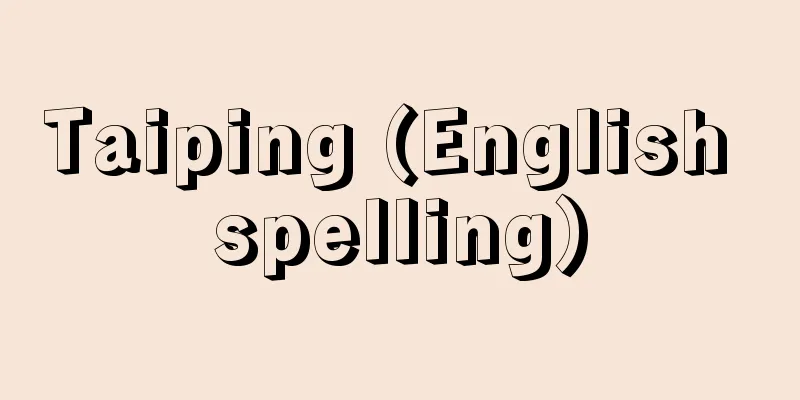Forced deportation - Kyoseirenko

|
In order to make up for the labor and military shortages caused by the intensification of the Sino-Japanese War, Japan mobilized Koreans and Chinese as a national policy until the end of the war. Based on the National Mobilization Law of 1938 and the National Mobilization Law of 1939, they were sent to Japan's mainland, Sakhalin, and the southern territories. In Japan, many of them were deployed to coal mines, military factories, and civil engineering works. Under the harsh conditions of labor, tragedies such as the Hanaoka Incident and the Ukishima Maru Incident occurred. The comfort women who were recruited under the name of the Women's Volunteer Corps and the Women's Patriotic Service Corps were also part of this. The Japanese government takes the position that the issue was settled as an issue of apology and compensation between the two countries when diplomatic relations were restored after the war. However, there are movements in China and South Korea to politicize this issue as part of the Japanese government's historical recognition of its past invasion of Asia, in connection with territorial disputes and other issues. In March 2014, the Beijing No. 1 Intermediate People's Court (equivalent to a district court) accepted the first lawsuit in China filed by a group of plaintiffs in Beijing against a Japanese company over forced labor. Since then, former workers have filed lawsuits in local courts in Tangshan, Cangzhou, and Hengshui, Hebei Province. There are also moves to file lawsuits in Henan Province and elsewhere. It is estimated that the number of former workers and their surviving family members who may file lawsuits could be around 40,000. Furthermore, this movement is planned to cooperate with South Korea, and to file lawsuits in various parts of China, based on the experience of a South Korean court that has already ruled in favor of the plaintiffs. On the other hand, the Chinese Communist Party government, which is strongly wary of the politicization of civil movements, is also concerned that forced labor victims and their surviving family members will begin to assert their rights in various places. However, since the court has accepted the lawsuit, the consensus among diplomatic sources is that it is "unlikely to make a decision that is unfavorable to the victims." The Chinese Foreign Ministry informally pointed out that "the failure of the Japanese government and companies to show sincerity in both policy and administrative matters has led to this lawsuit." In April 2015, the Beijing No. 1 Intermediate People's Court (equivalent to a district court) announced that it was preparing to open a trial in which 40 former Chinese workers filed a lawsuit against two companies, including Mitsubishi Materials, seeking 1 million yuan each in damages. The Chinese government's position on the lawsuits filed by Chinese former workers is that what was abandoned in the 1972 Sino-Japanese Joint Statement was the direct damage caused by war acts, and that the issues of forced abductions, comfort women, and abandoned weapons disposal are separate issues from war reparations. The Korean courts have also basically taken that position and ruled in favor of the plaintiffs. It is necessary to seek a fundamental solution by taking inspiration from the apology and postwar compensation of Germany, which has a similar problem to its neighboring countries. →Postwar compensation→Related topics Forced labor | Labor mobilization | Koreans in Japan | Government-General of Korea | Issues in historical recognition Source : Heibonsha Encyclopedia About MyPedia Information |
|
日中戦争の激化に伴う労働力や軍要員不足を補うため,日本が敗戦まで国策として行った朝鮮人,中国人の大規模な強制的労働力の動員。1938年の国家総動員法,1939年の国民徴用令に基づき日本内地,樺太,南方方面に投入,内地では炭鉱・鉱山,軍事工場,土木などに多く配置された。過酷な労働下で花岡事件や浮島丸事件などの悲劇が生じた。女子挺身隊とか女子愛国奉仕隊の名のもとに駆り立てられた従軍慰安婦もこの一環である。日本政府は戦後の国交回復時に国家間における謝罪・賠償問題として決着がついているという立場である。しかし中国・韓国などには,領土問題等と関連させて過去のアジア侵略をめぐる日本政府の歴史認識問題の一環としてこの問題を政治問題化させる動きがある。2014年3月,強制連行をめぐって日本企業を被告とした北京の原告団の訴えを北京市第1中級人民法院(地裁に相当)が中国で初めて受理した。これ以降河北省唐山市,同省滄州市,同省衡水市でも元労働者らが地元裁判所に訴状を提出。河南省などでも提訴を目指す動きがある。訴えを起こす可能性のある元労働者やその遺族の人数は約4万人規模となるという推測がある。さらにこの動きは韓国と連携し,すでに韓国では裁判所が原告勝訴の判決を出しているという経験をふまえて中国各地で訴えを起こす計画とされている。他方,市民運動の政治化を強く警戒する中国の共産党政権は強制連行被害者と遺族が各地で権利を主張し始めることへの懸念も抱える。しかし裁判所が訴えを受理した以上,〈被害者に不利となる判断をするとは考えにくい〉というのが外交筋などの一致した見方である。中国外務省は非公式に〈日本の政府と企業が政策的,行政的にも誠意を示してこなかったことが今回の提訴につながっている〉と指摘した。2015年4月,中国人元労働者ら40人が三菱マテリアルなど2社を相手取り1人100万元の損害賠償を求めた裁判で,北京市第1中級人民法院(地裁に相当)は開廷の準備に入ったと明らかにした。中国政府は中国の元労働者の訴えについて,1972年の日中共同声明で放棄したのは,戦争行為による直接の被害であり,強制連行と従軍慰安婦,遺棄兵器処理の問題は,戦争賠償とは別問題というのが中国政府の立場だとしている。韓国の裁判所も基本的にはその立場で原告勝訴の判決を出している。近隣諸国と同様の問題を持つドイツの謝罪と戦後補償のありかたを参考にして,抜本的な解決を図る必要がある。→戦後補償 →関連項目強制労働|勤労動員|在日朝鮮人|朝鮮総督府|歴史認識問題 出典 株式会社平凡社百科事典マイペディアについて 情報 |
<<: Forced labor - Kyoseiroudou
>>: Administrative legislation - Gyosei Rippo
Recommend
Wrapping paper - Hosoyoushi
A general term for paper used for packaging and ma...
Øresund (English spelling)
…The Baltic Sea was the only sea route for the Ba...
Impedance measurement
...The three-phase power measurement is performed...
Interpol
(Interpol) The nickname for the International Crim...
Rami
...The plant itself and the decoction made from t...
William Styron
American author. Born in Newport News, Virginia, ...
Morocco jouyi (English spelling) Moroccojouyi
…[Morizumi Nakamura]. … *Some of the terminology ...
Red Wallaroo - Red Wallaroo
...Their bodies are sturdier than those of wallab...
Barium titanate
A barium salt of titanic acid (titanium(IV) oxide...
Godai Art
During the Five Dynasties (907-960), between the T...
Obi repair - Obi naoshi
Same as "untying the obi". Source: About...
Fish rolling - Uokoroshi
...This was a distribution market system suited t...
Aramushiro - Aramushiro
...the shell is often symbiotically formed by a s...
Warner, S.
…American film company. The four Warner brothers,...
littérature helenien (English spelling) litteraturehelenien
...On the other hand, around 1812, when the power...



![Chrysler [company] - Chrysler](/upload/images/67cb6ce2df9b6.webp)





